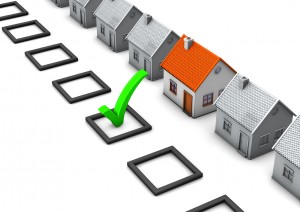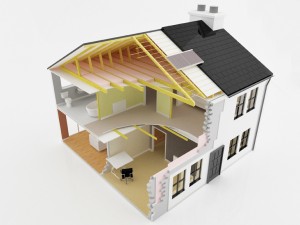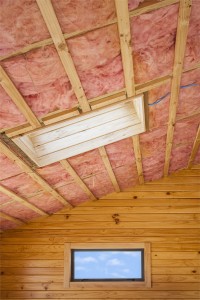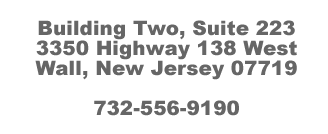
With the nationwide emphasis on enforcement and strengthening of energy codes to increase the energy and operating cost savings in new construction and renovations, EAM provides value based code compliance calculations and reports. New buildings can be designed to be both more comfortable and more efficient, cutting heating and cooling costs by as much as 50%.
The most cost-effective time to improve the thermal envelope, mechanical equipment, and lighting efficiency of new buildings is at the design stage. With existing buildings, the time is when those elements must be replaced or upgraded for new owners or tenants, or due to normal wear and tear.
In New Jersey, the full 2009 IECC code has come into effect starting January 2013, including the performance and passing of a duct leakage test. Maryland has already begun enforcing the 2012 IECC code which involves performing and passing a duct blaster AND blower door test. In the near future it is likely that New Jersey and other neighboring states will move to requiring compliance with 2012 energy code. These tests should be prepared for from the beginning of construction to ensure that they are easily approved by your local code official.



Here is how EAM can help you with comply with the 2009 and 2012 IECC code:
- A REScheck® calculation and report using a computer program to determine the overall energy efficiency of the home. It uses calculations based on the different components that affect the energy efficiency of a particular home. They include insulation values in walls, ceiling, floors and slabs as well as windows, doors and skylights. The program also considers the area or climate in which the home is going to be built. EAM can provide you with a REScheck to assist in determining energy code compliance for one & two family residential buildings and multi-family residential buildings 3 stories or less.
- A COMcheck – Plus™ calculation and report to demonstrate compliance with your local commercial building energy code using whole-building performance methods. EAM’s Technical Services Team works within jurisdictions with energy codes based on ASHRAE/IES Standard 90.1, International Energy Conservation Codes, and many state developed energy codes.
- 2009 Energy Code Compliance including Blower Door and Duct Blaster testing. In New Jersey any home permitted after January 1st, 2013 will be required to have a duct blaster test. You must be preparing for this test from beginning of construction to ensure that you will pass at final. Additionally some municipalities have already begun to require a blower door shell leakage test be done at final inspection.


Current Leakage Requirements
| Total Leakage at Rough-in (no air handler installed) | ≤ 4 CFM/100ft² CFA |
| Total Leakage at Rough-in (air handler installed) | ≤ 6 CFM/100ft² CFA |
| Total Leakage Post-Construction | ≤ 12 CFM/100ft² CFA |
| Total Leakage to Outdoors Post-Construction | ≤ 8 CFM/100ft² CFA |
- Pressurized Duct Leakage Testing can be performed at rough or final phase of construction. We will perform a smoke test on the duct system and give you a full leakage diagnosis.
- Building Envelope Tightness and Insulation Installation visual inspections. EAM will visually inspect the home for required air sealing, air barriers, as well as R and U values of the insulation and fenestration components.
- Section 405 Simulated Performance Alternative Modeling Compliance Energy compliance of a residence is projected through the use of a computer model that shows the annual energy cost of the proposed design less than or equal to the annual energy cost of the standard reference design.

